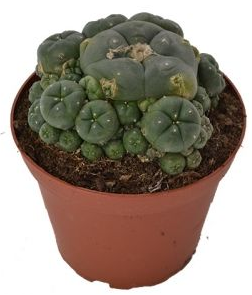
What are the differences between mescaline cacti
What are the differences between mescaline cacti?
Mescaline is a psychoactive compound which is found in multiple cacti species. Each species provides its own interpretation of the mescaline experience. In this article we tell you more about how the effects differ from cactus to cactus.
The effects of mescaline
Just like with cannabis, there is something you could call the ‘main’ effect. Besides that, the effects of mescaline vary from cactus to cactus. Of course there are nuances and differences and variations from plant to plant. These reactions depend on the strength of the mescaline and the presence of other exogenous compounds. The main effect of mescaline is an enhanced sense of emotional and mental flow.
Several mescaline cacti
These are some members of the Trichocereus family:
The Trichocereus family has a number of members which show their own nuances and intensity. San Pedro is the most common Trichocereus cactus. This one can easily be grown and grows quickly. Peruvian Torch shares aspects of Peyote, with a similar physical load and a force that could seem unbearable. When this species is not extracted and eaten raw, a purification is guaranteed, followed by a rewarding, intense psychedelic experience.
Besides these members of the Trichocereus family, the Peyote cactus is very popular as well. This cactus is very intense and hallucinogenic. The acute visual effects correspond to LSD or DMT. As with all mescaline, it will take some time before the first effect is noticeable.
The differences in ingestion
Mescaline can differ in a number of ways. For example, it can take a different form after ingestion. It can be used unprocessed and in the simplest way, but it can also be processed in which the essential alkaloids are isolated. Favorite natural methods are dried cactus chips or traditional, multiple reduced brews. Teas or capsules with dried and pulverized flesh are less heavy for your stomach.
Do you have questions about our mescaline cacti? Please feel free to contact us!








